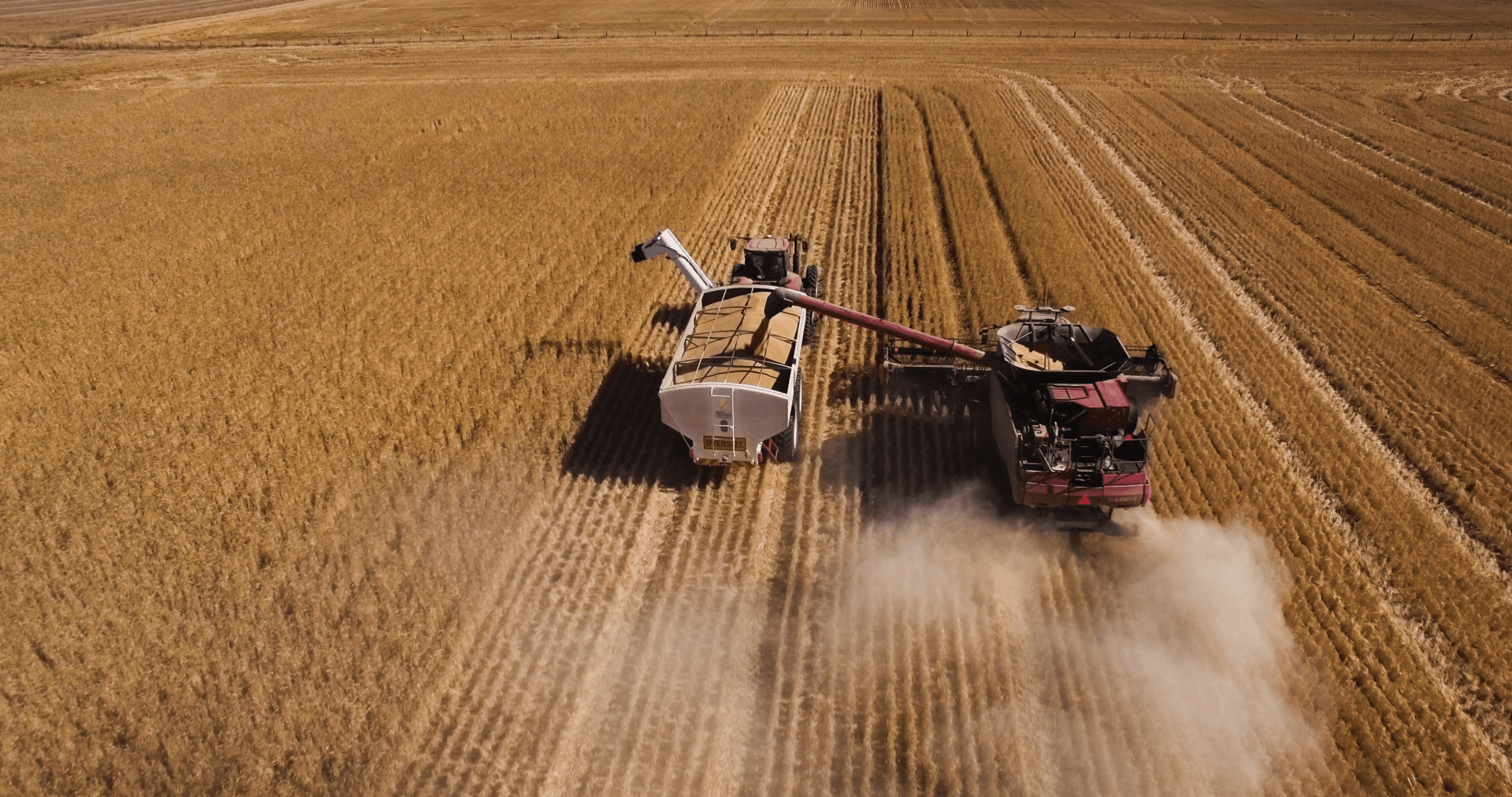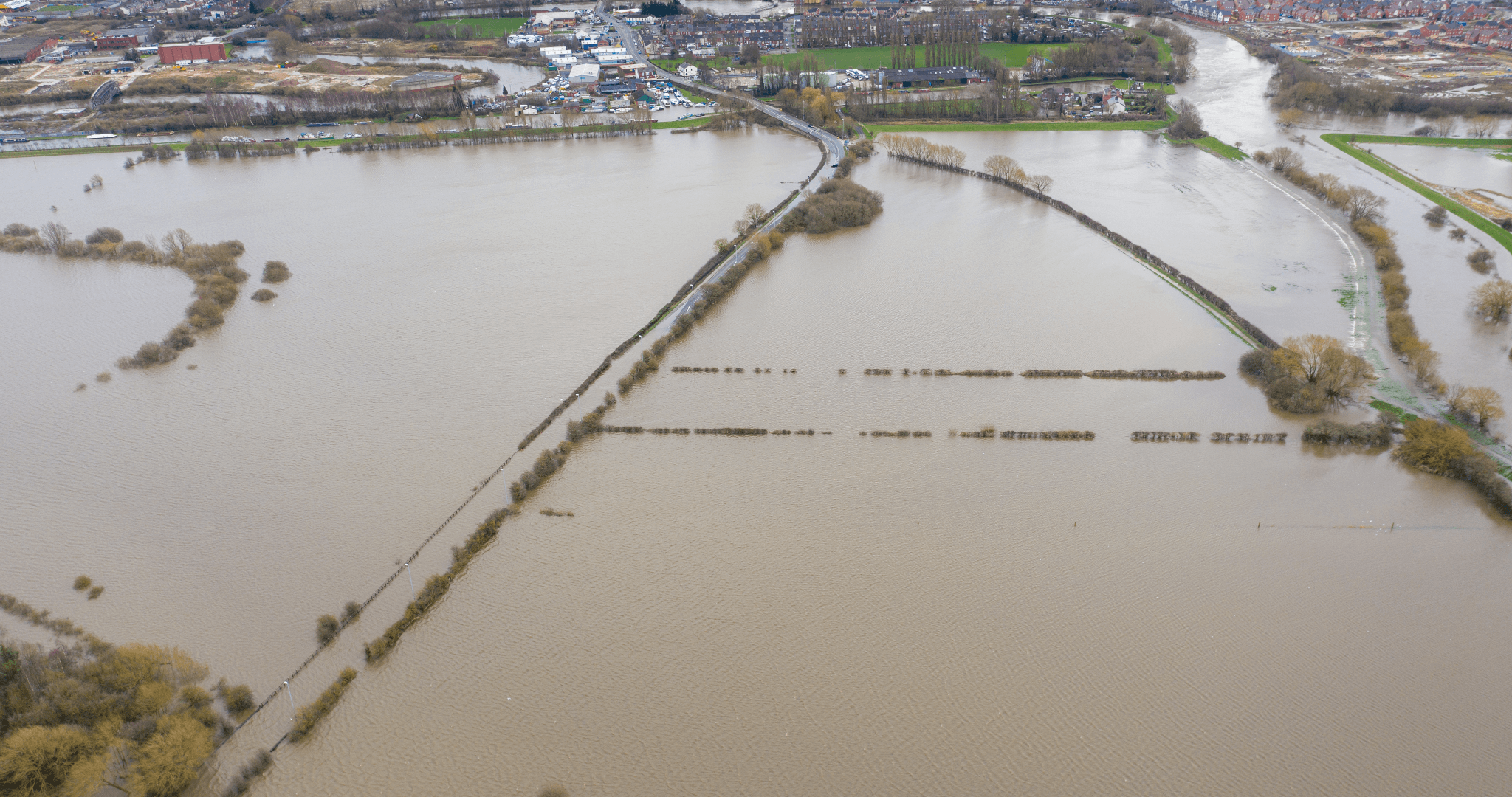Mixed Conditions Impact Agriculture in Australia and Europe
Posted by Emma on 13th Jan 2024 Reading Time:
In December, Australia experienced divergent weather patterns, with southern and eastern regions witnessing above-average rainfall leading to flooding, while western areas remained parched. 2023 was characterised by erratic weather, including floods and the driest August-September period on record. The nation's agriculture, a major export sector, faced challenges and some relief in year-end rainfall.

Australia
- Southern and eastern Australia received heavy rainfall, resulting in flooding and some casualties.
- Western Australia experienced a rainfall deficit of 40.6% compared to its average December precipitation.
- Nationwide rainfall for December was 1.9% below the 1961-1990 average.
- Despite the challenges, total 2023 rainfall exceeded the average by 1.7%.
- Australia registered its eighth-warmest year on record in 2023.
- The El Niño event persisted in the Pacific Ocean, while the positive Indian Ocean Dipole (IOD) phenomenon, which typically brings dry conditions, weakened.
- The forecast suggests below-median rainfall in northern and western Australia and above-median rainfall in the southeast for January to March.

Europe
- In France and Germany, a recent cold snap potentially damaged waterlogged grain fields, with heavy showers further delaying sowings.
- Concerns exist over a significant fall in winter grain area due to waterlogged parcels and late sowings.
- In Germany, temperatures plummeted, raising worries about the impact of deep frosts on grains in waterlogged fields.
- Poland also faced potential damage to winter crops due to low temperatures and frosts.
- In the UK, persistent wet weather has affected winter crop conditions, leading to a 3% decline in wheat area.
- Ukraine experienced unpredictable weather with frequent thaws, potentially reducing the winter hardiness of cereals, especially winter wheat, which historically accounts for a significant portion of wheat production in the country.
Conclusion
Australia witnessed a mix of extreme weather events in 2023, affecting its agricultural production. In Europe, concerns arose over delayed sowings and potential damage to winter crops due to erratic winter weather conditions. These developments highlight the vulnerability of agriculture to climate variability and the need for adaptive measures in these regions.

